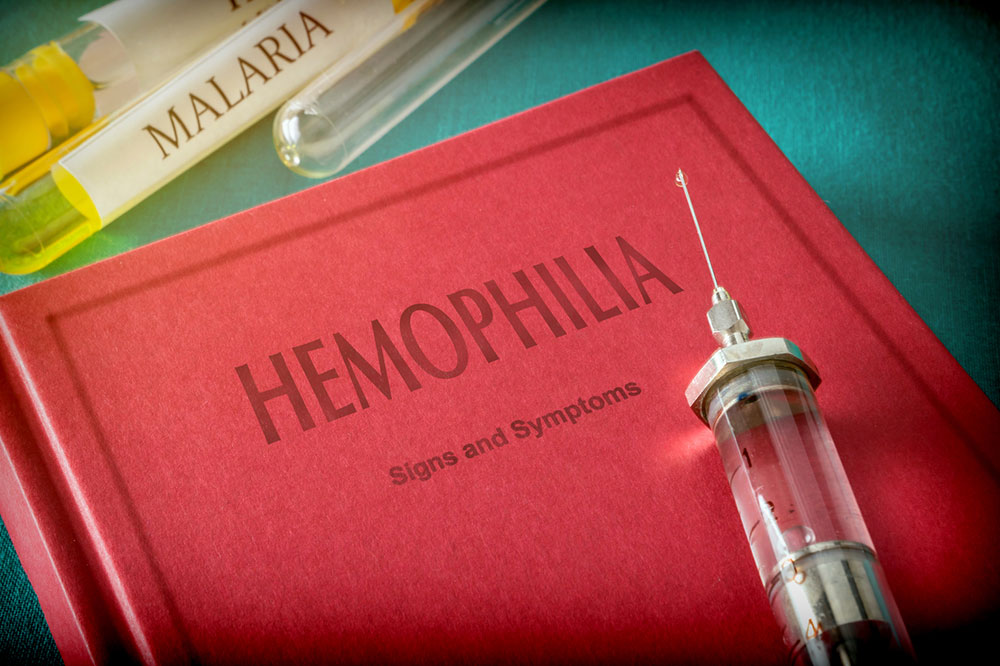
Treatment Options for Hemophilia
Hemophilia is a condition where a person does not have enough blood clotting proteins in the body. The treatment options for the condition have evolved with time, and right now, a person with this condition can have a good quality of life, thanks to the medications available. Here are some of the top treatments for hemophilia to choose from.
- Desmopressin
This is one of the treatments for hemophilia opted when the condition is mild. Desmopressin is a hormone that encourages the body to release more clotting factors. This is available in two forms – as a nasal spray and as an intravenous injection. - Medications to maintain clots
For some patients, desmopressin may help produce clots, but the clots can disintegrate faster than normal people. For such individuals, the medication is followed by another dose of clot-preserving medicines. These keep the clots intact and promote quicker healing. - Fibrin sealants
These are the latest treatments for hemophilia that include an external medication that, when applied to a wounded surface, helps in the faster formation of clots. Many dental clinics use fibrin sealants in their dental procedures. - Replacement therapy
This is one of the most important treatments for hemophilia that doctors are experimenting with right now. Replacement therapy involves providing the clotting factor through a tube placed in the veins. These replacement clotting factors help the blood clot normally. Some people may need temporary doses of the clotting factors, while others may need regular doses. Here are two ways the clotting factors are extracted. - Plasma-derived factors
These are clotting factors that are derived from other human bodies. Plasma is a part of the blood. It contains clotting proteins. By extracting the plasma from one person and passing it on to a hemophilic patient, the patient’s body gets enough clotting factors. - Recombinant factor proteins
These are artificially-created clotting factors that are made using DNA technology. This method of producing artificial clotting factors was only approved in the year 1992 in the United States. Since these artificially-created proteins are not derived from human plasma, the chances of them spreading blood-borne viruses are quite low. - Surgery and physical treatments
External bleeding can be seen visibly and quickly treated. Internal bleeding is more complicated. For people with internal bleeding that go unnoticed for a longer time, surgery may be needed to correct the issue. Such bleeding can also damage the bones and joints, and in this case, physical therapy and treatments are to be provided. These are also vital treatments for hemophilia that doctors suggest to patients.
Hemophilia is quite rare, with just 400,000 people globally diagnosed with the disease. Handling the disease can be quite tough, though. Depending on whether the condition is mild, moderate, or severe, your doctor will customize your recovery plan from the available treatments for hemophilia. People with this condition need to stay on medications all their life.


